Why Late Winter Is Prime Time for Ice Fishing in Michigan
As winter’s grip begins to loosen across the Great Lakes State, a special window of opportunity opens for Michigan’s ice fishing enthusiasts. The period from late January through early March represents the sweet spot for this cherished winter tradition – when ice conditions typically reach their peak stability, fish activity increases, and the combination of longer daylight hours and moderate temperatures creates ideal conditions for anglers. Late winter ice fishing in Michigan isn’t just about the catch; it’s a cultural phenomenon that connects generations, builds communities, and provides access to some of the most productive fishing of the entire year. Whether you’re a seasoned ice angler or considering your first venture onto Michigan’s frozen lakes, understanding why this particular timeframe offers superior fishing experiences can help you make the most of the season before spring’s thaw.
Peak Ice Thickness and Stability
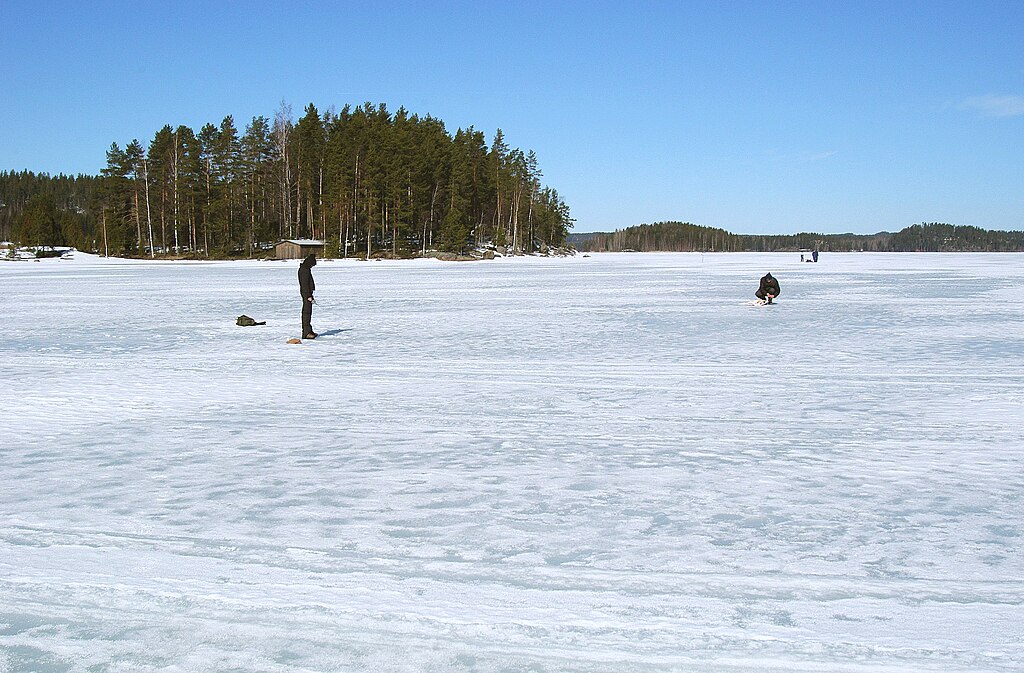
By late winter, Michigan’s lakes have typically had weeks or even months to develop thick, stable ice cover that creates the safest conditions for ice fishing. This extended freezing period often results in ice measuring 12-24 inches thick on many popular fishing lakes, providing a solid platform that can support fishing shelters, snowmobiles, and groups of anglers. The stable ice conditions mean less worry about dangerous thin spots that might be present during early-season ice formation. Additionally, the consistent freeze-thaw cycles that Michigan experiences in early winter have usually stabilized by this point, creating a more predictable and uniform ice surface. This peak stability allows anglers to access remote fishing locations that might be unreachable during less stable ice periods, opening up new fishing opportunities across the state.
Increased Fish Activity Patterns
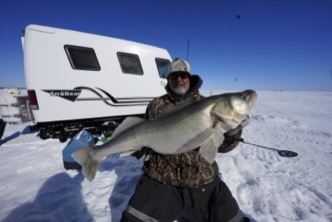
Late winter triggers significant changes in fish behavior that often translate to increased feeding activity compared to mid-winter’s notorious “lockjaw” period. As daylight hours gradually lengthen, fish metabolism begins to increase in preparation for the coming spawn, driving them to feed more actively and more often. Predatory species like northern pike, walleye, and lake trout become particularly aggressive as they build energy reserves for reproduction. Panfish such as bluegill, crappie, and perch also become more active, often congregating in pre-spawn staging areas where they can be found in impressive numbers. This biological shift creates a prime opportunity for anglers, as fish that might have been lethargic during the darkest days of December and January become increasingly willing to strike at baits and lures.
More Comfortable Fishing Conditions
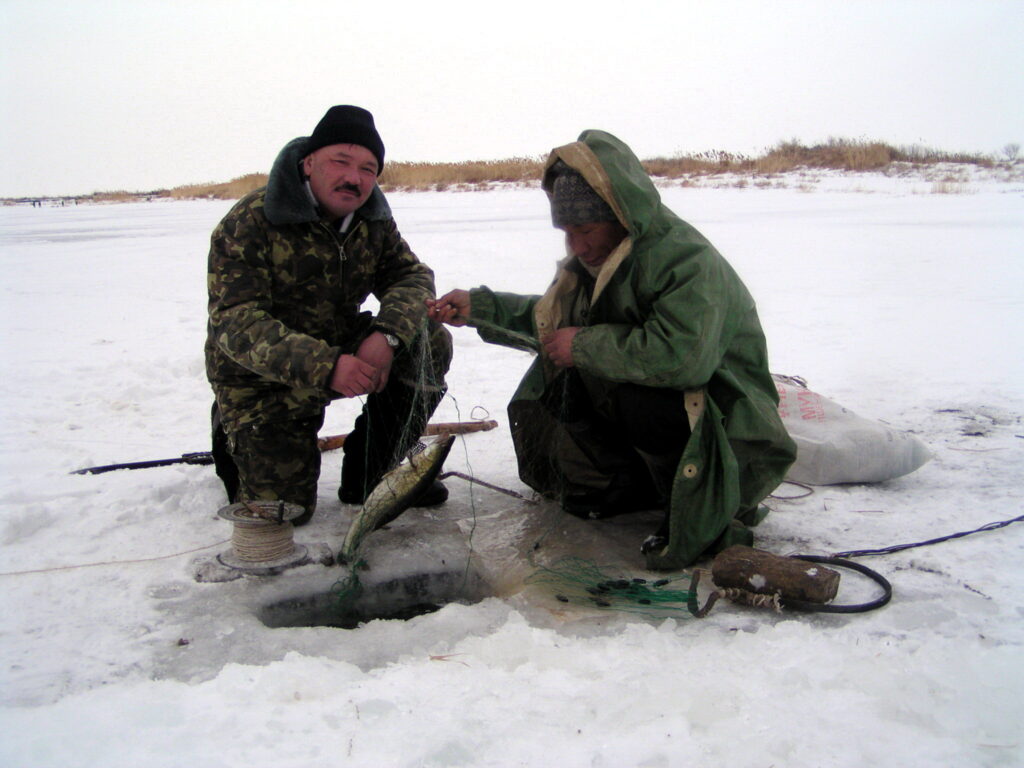
While early winter ice fishing often means battling brutal temperatures and howling winds, late winter typically brings more moderate and tolerable conditions for an extended time on the ice. February and early March in Michigan frequently feature days with temperatures reaching the 20s and 30s Fahrenheit, making for a much more comfortable fishing experience than the single-digit or negative temperatures common in December and January. The more moderate climate allows anglers to stay on the ice longer, fish more effectively without numb fingers, and enjoy the experience rather than simply enduring it. Additionally, these milder temperatures often coincide with calmer wind patterns, creating perfect conditions for setting up portable shelters and using more sensitive fishing techniques that might be impossible in harsh mid-winter conditions.
Extended Daylight Hours
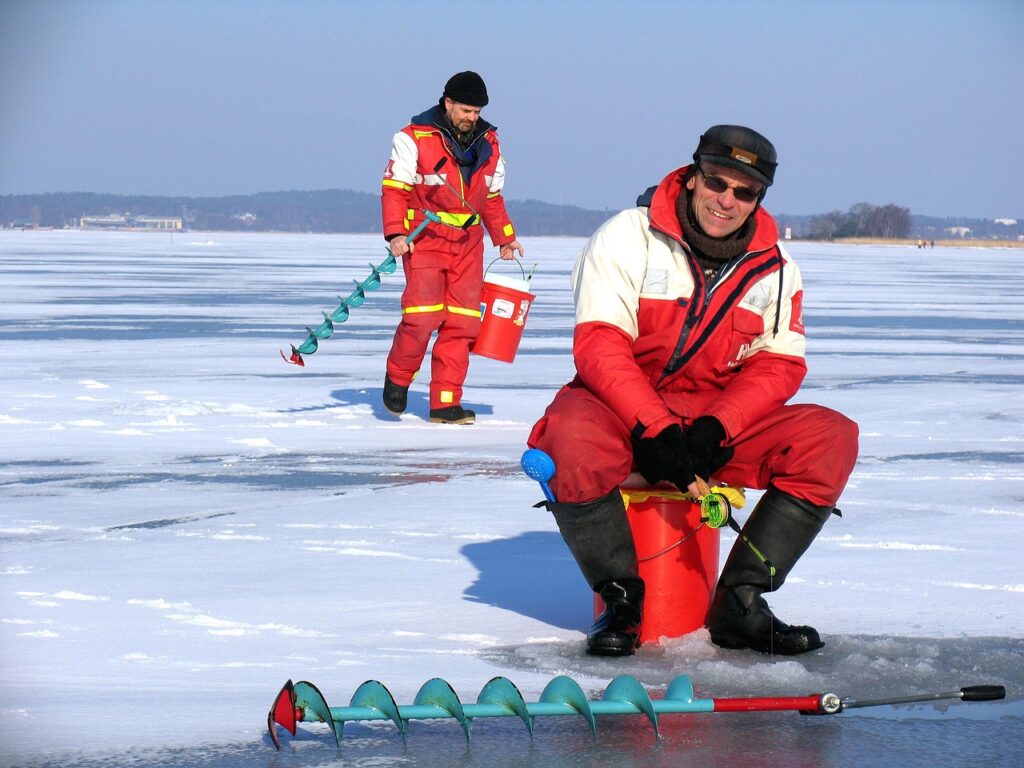
One of the most significant advantages of late winter ice fishing is the noticeably longer days compared to the brief daylight hours of December and early January. By February, Michigan anglers can enjoy an additional hour or more of fishable daylight compared to the season’s start, allowing for extended fishing sessions without needing headlamps or lanterns. These longer days coincide perfectly with the prime fishing times of dawn and dusk, allowing anglers to capitalize on both morning and evening feeding periods in a single outing. The extended daylight also warms the water beneath the ice slightly, often triggering micro-movements of aquatic insects and zooplankton that can spark feeding frenzies among gamefish. For working anglers with limited free time, the longer days mean weekend fishing trips can be more productive and enjoyable than during the shortest days of winter.
Predictable Fish Locations

By late winter, experienced Michigan ice anglers have a significant advantage in locating productive fishing spots as fish patterns become more consistent and predictable. After months of ice cover, oxygen levels in certain parts of lakes have typically declined, concentrating fish in areas with better water quality and available food sources. Deep basin areas with good oxygen content often hold schools of crappie and perch, while shallow weed edges that remain green attract bluegill and pumpkinseed sunfish. Pike and walleye frequently patrol predictable routes between deep-water resting areas and shallow feeding grounds during this period. The consistency of these late-winter patterns means anglers can return to productive spots with greater confidence than during early ice, when fish locations change frequently. Additionally, community knowledge about hot fishing locations has usually spread by this point in the season, making it easier for newcomers to find productive water.
Pre-Spawn Feeding Frenzies
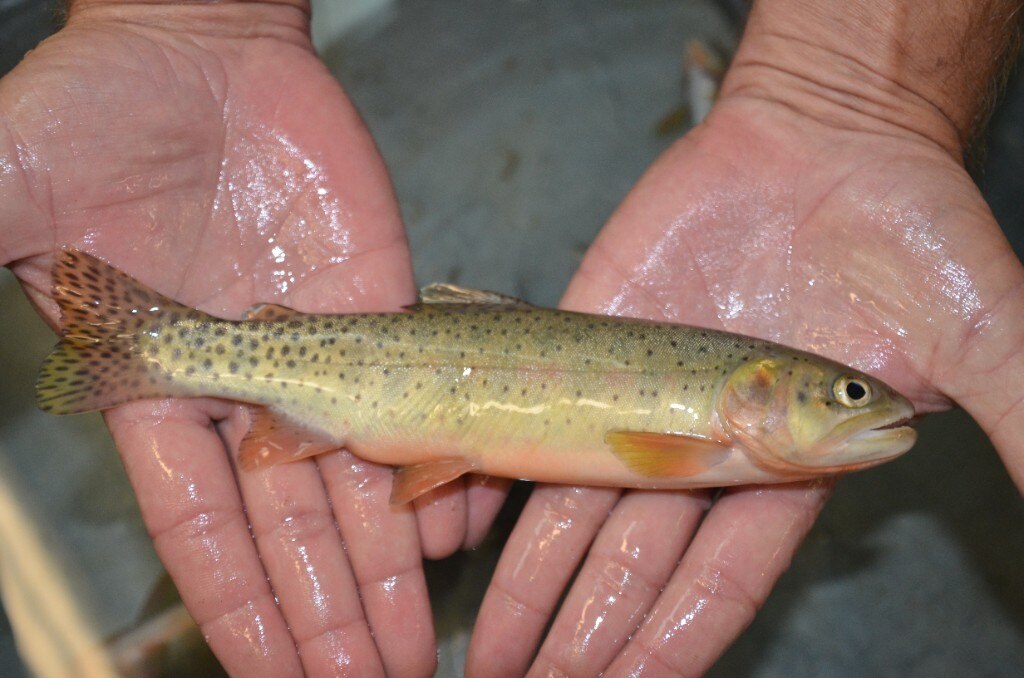
Late winter marks the beginning of the pre-spawn period for many fish species in Michigan, triggering some of the most aggressive feeding behavior of the entire ice fishing season. Northern pike, which spawn immediately after ice-out, become particularly voracious in February and early March as they pack on weight before the energy-intensive spawning process. Perch schools often feed heavily before their spring spawn, cruising basin areas and aggressively hitting on small minnows and insect larvae presentations. Even typically selective species like lake trout and whitefish often display increased feeding activity as their biological clocks signal the approach of spring. This pre-spawn feeding pattern creates a perfect scenario for ice anglers, as fish are both actively seeking food and often less wary of artificial presentations than they might be during other seasons. For trophy hunters, late winter offers perhaps the best opportunity of the year to catch fish at their heaviest pre-spawn weights.
The Cisco and Smelt Connection
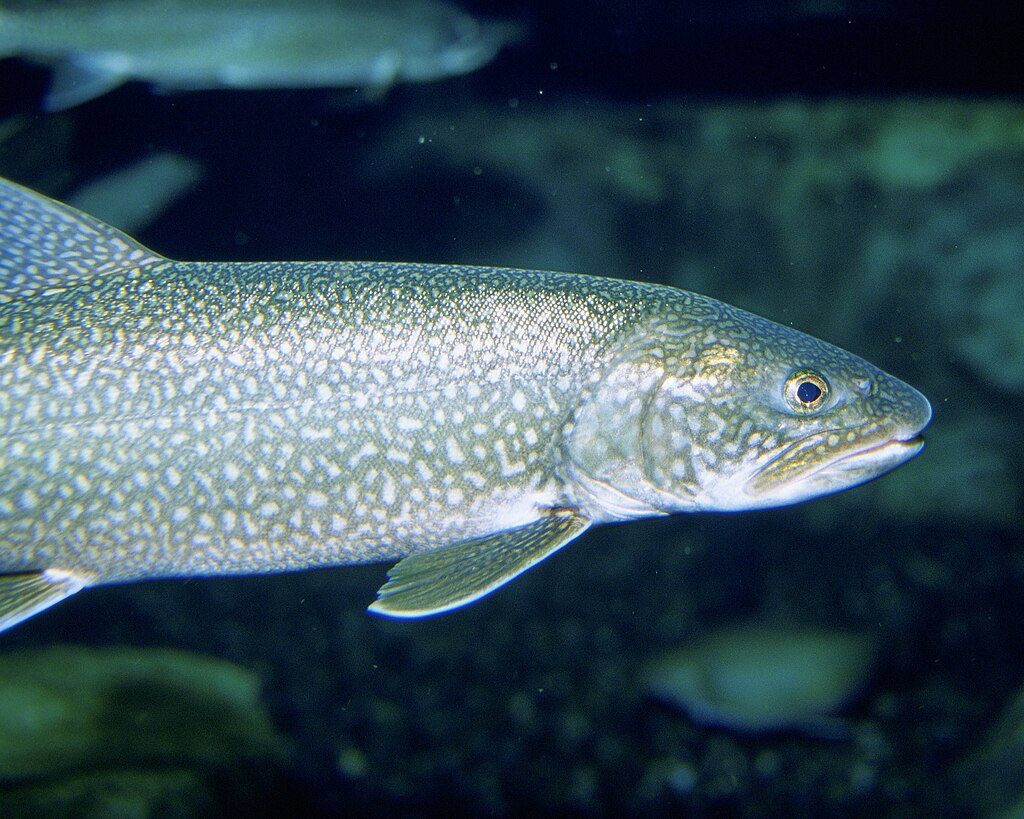
Late winter in Michigan coincides with the movement and increased activity of forage fish species like cisco (lake herring) and smelt, creating excellent opportunities for targeting the predator fish that feed on them. In larger inland lakes and the Great Lakes, these baitfish often become more active and congregate in predictable locations as they prepare for their spring spawning cycles. Predatory fish, including lake trout, northern pike, and walleye,e key in on these baitfish concentrations, creating hotspots of feeding activity that savvy anglers can exploit. On lakes like Higgins, Crystal, and Torch, late winter cisco movements often trigger some of the best lake trout and pike fishing of the entire year. The connection between these forage species and gamefish behavior is well-known among experienced Michigan ice anglers, who often plan their late-winter trips specifically around these biological patterns.
Established Ice Roads and Access

By late winter, the ice fishing infrastructure on popular Michigan lakes has typically reached its most developed state, with well-packed snow trails, established ice roads, and any marked hazard areas making access easier and safer. On larger bodies of water like Saginaw Bay, Lake St. Clair, and the Les Cheneaux Islands area, these informal but vital travel networks allow anglers to safely reach productive fishing grounds that might be miles from shore. Local bait shops and fishing guides have usually mapped out the safest routes by this point in the season, reducing the guesswork for visitors unfamiliar with the lake. The established infrastructure often includes information about recent catches, productive depths, and effective presentations being shared through the ice fishing community. This combination of physical access and shared knowledge creates an environment where even newcomers to a lake can quickly get oriented and find productive fishing spots.
Michigan’s Late Winter Species Diversity

Michigan’s late winter ice fishing scene offers remarkable species diversity that few other states can match, providing anglers with multiple target options regardless of their preferences. From jumbo perch on Saginaw Bay to trophy pike in the Upper Peninsula’s inland lakes, the variety of fishing opportunities reaches its peak during the late ice period. Lake St. Clair and the Detroit River offer world-class walleye fishing through the ice, while the Irish Hills region provides excellent crappie and bluegill opportunities. Inland lakes across the northern Lower Peninsula feature some of the best lake trout ice fishing in the country during February and early March. Michigan’s tremendous water resources mean anglers can pursue nearly any freshwater species through the ice during this period, often with multiple species available in the same lake. This diversity allows fishing parties with varied interests to all find satisfaction on the same body of water, making late winter ice fishing a highly social and adaptable outdoor activity.
The Cultural Phenomenon
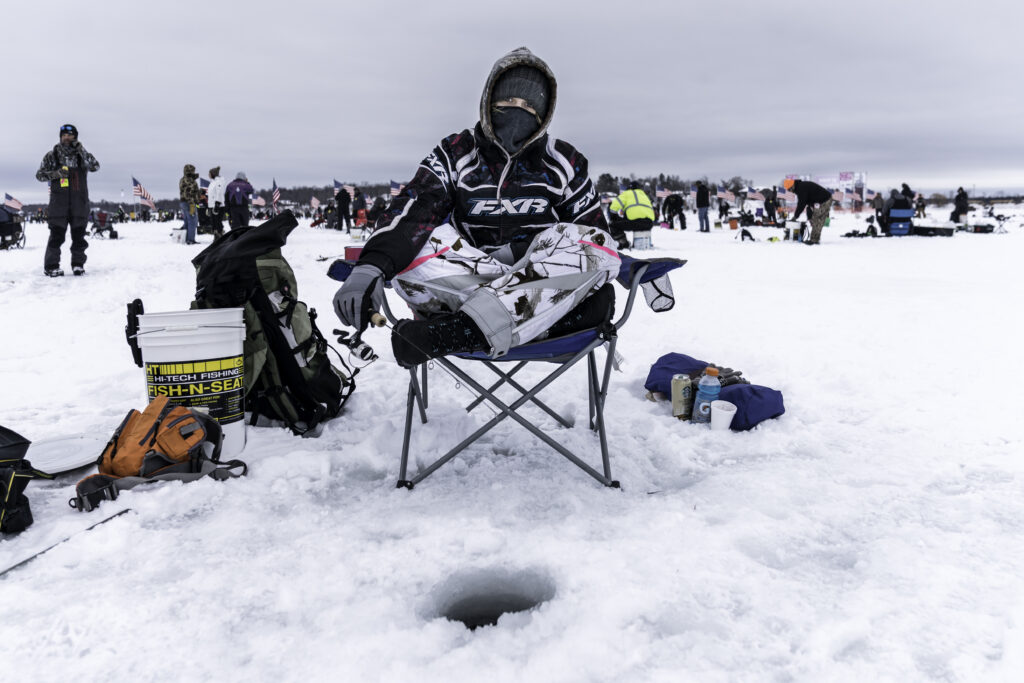
Late winter ice fishing in Michigan transcends mere sport fishing to become a genuine cultural phenomenon that connects communities and generations across the state. Entire villages of ice shanties emerge on popular lakes, creating temporary communities with their own customs and social structures. On weekends, these ice villages come alive with the exchanges of fishing information, shared meals, and camaraderie that have defined Michigan winters for generations. Local economies in lake communities receive vital off-season boosts as bait shops, restaurants, and hotels serve the influx of ice anglers seeking late-winter success. Annual ice fishing tournaments reach their peak during this period, drawing participants from across the Midwest and creating festive atmospheres that celebrate winter rather than merely enduring it. The cultural significance of late winter ice fishing helps explain why so many Michiganders eagerly anticipate this season rather than simply waiting for spring’s arrival.
Specialized Late Winter Techniques
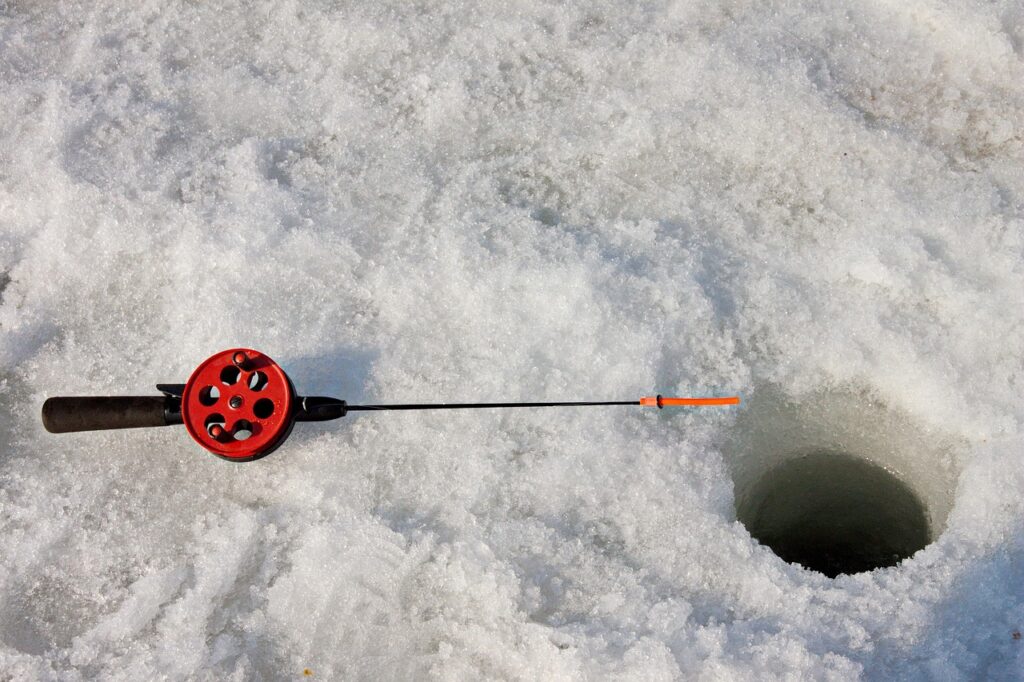
Successful late winter ice fishing often involves specialized techniques that differ significantly from those employed earlier in the season, rewarding anglers who adapt to changing conditions. As fish become more active but potentially more selective after months of fishing pressure, subtle presentation adjustments can make tremendous differences in success rates. Downsizing lures while increasing action often proves effective for pressured panfish, while using larger, more aggressive presentations might be the key for targeting pre-spawn predators. Many experienced Michigan ice anglers switch to more mobile “run and gun” approaches during late winter, drilling multiple holes and moving frequently to locate active schools rather than waiting in one spot. The use of spring-bobbers, specialized ultra-light ice rods, and extremely sensitive line systems becomes more prevalent as anglers seek to detect the sometimes-subtle bites of fish that have seen fishing pressure all winter. These technical refinements highlight how late winter ice fishing has evolved into a sophisticated pursuit requiring specific skills and approaches.
Safety Considerations for Late Ice

While late winter typically offers the thickest ice of the season, it also eventually transitions into the potentially hazardous “late ice” period that requires specific safety awareness and precautions. As March progresses, warming temperatures, increased sunlight, and changing water conditions can begin to compromise ice integrity even when thickness appears adequate. Pressure cracks, current areas, and spots near shore often deteriorate first, creating hazards that might not be immediately obvious to the casual observer. Experienced Michigan ice anglers know to carry essential safety gear during late winter outings, including ice picks, throw ropes, floating suits, and communication devices. They also understand the importance of checking ice conditions daily rather than relying on reports from previous days, as conditions can change rapidly during this transitional period. Despite these concerns, properly managed late winter ice fishing is typically safe and can extend the productive ice fishing season well into March on many Michigan lakes.
The Transition to Spring Patterns
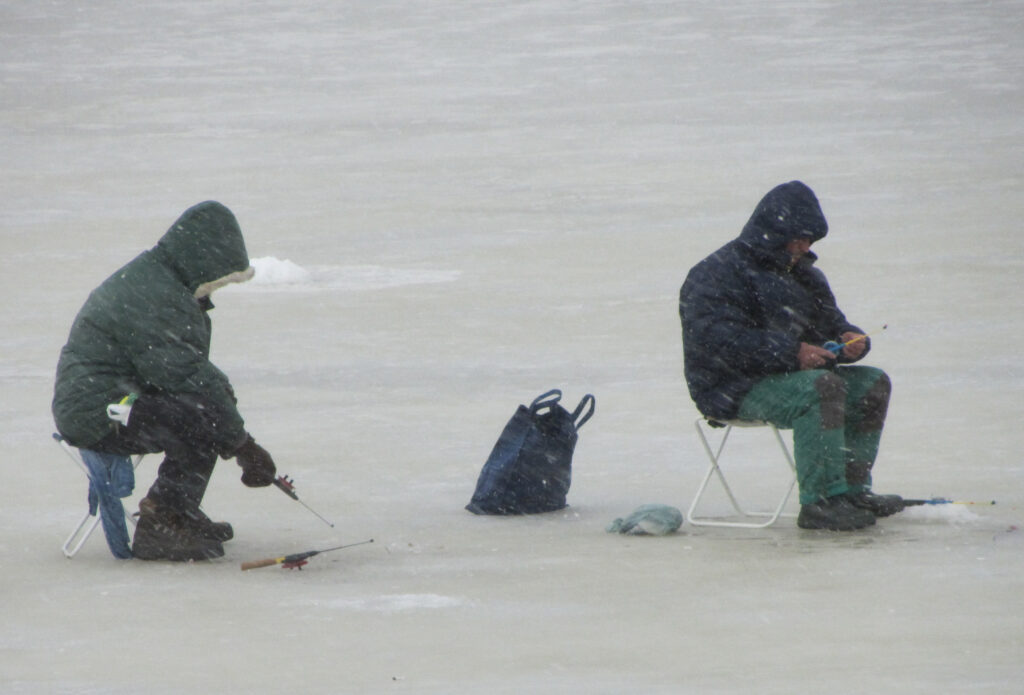
Late winter ice fishing in Michigan offers a fascinating glimpse into the transition between seasonal fishing patterns, as fish begin responding to subtle environmental changes beneath the ice. Anglers who understand these transitional behaviors often experience the best fishing of the entire ice season during this period. Shallow, dark-bottomed bays that receive increased sunlight penetration often warm slightly before the main lake areas, attracting both baitfish and predators weeks before actual ice-out occurs. Oxygen-depleted lakes experience significant fish movement as meltwater begins to introduce fresh oxygen near inlets and along shorelines. Savvy anglers track these movements and adjust their fishing locations accordingly, often finding concentrated fish that are feeding aggressively after the winter’s slowdown. This dynamic transition period represents a special opportunity to observe and take advantage of changing fish behavior while still enjoying the unique access and fishing advantages that ice provides.
Conclusion

Late winter truly represents the prime time for ice fishing across Michigan’s abundant lakes and waterways. This special period combines peak ice conditions, increased fish activity, comfortable fishing environments, and established access systems to create what many consider the perfect ice fishing scenario. The biological triggers of lengthening days and approaching spawning seasons drive fish to feed more actively, while the stable ice platform allows anglers to safely reach productive areas that might be inaccessible during other seasons. Beyond the practical advantages, late winter ice fishing embodies Michigan’s unique outdoor heritage and provides a welcome remedy for cabin fever just when winter seems interminable. As generations of Great Lakes anglers have discovered, there’s something magical about those late February days when the sun shines a bit longer, the fish bite a bit better, and Michigan’s ice fishing tradition reaches its annual zenith.

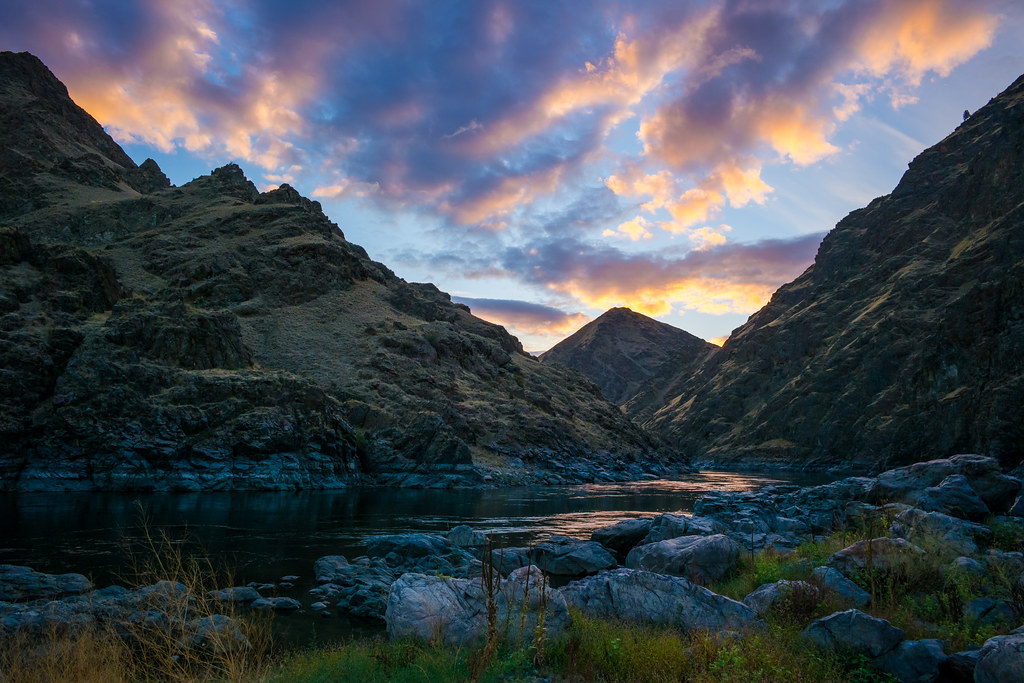

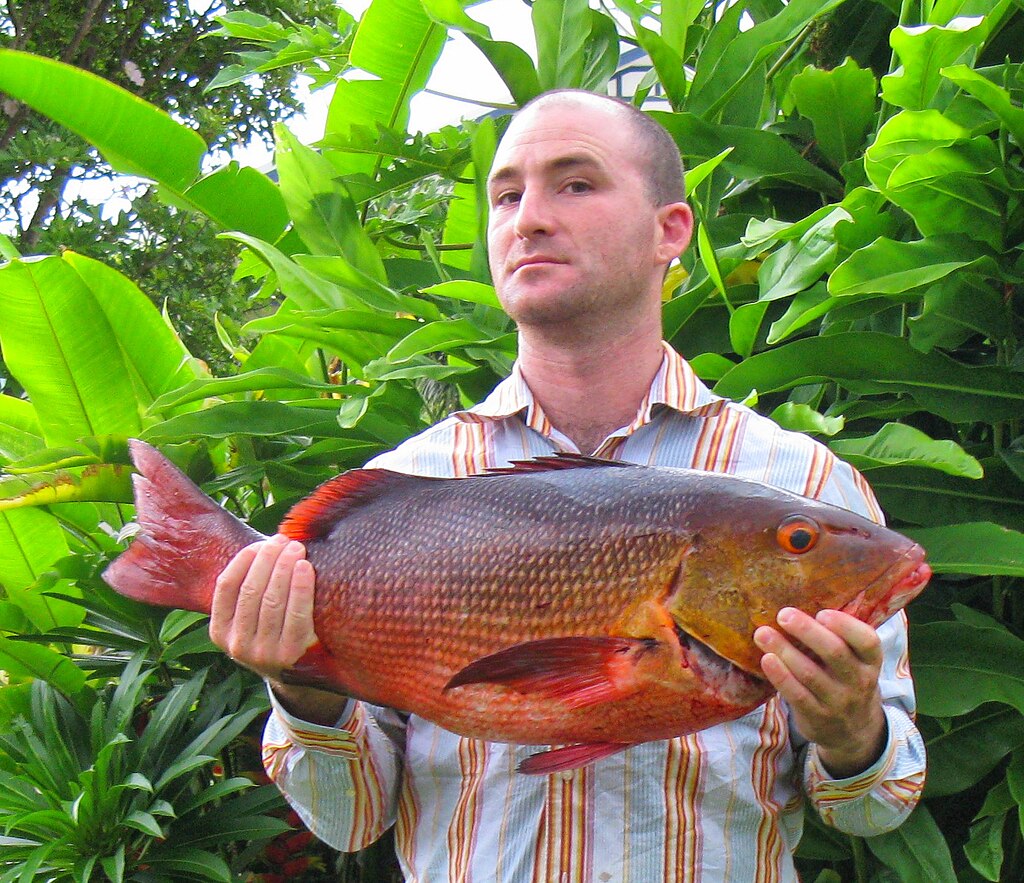
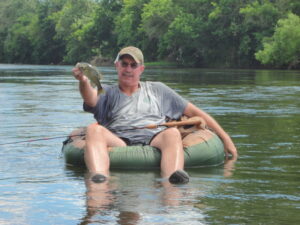
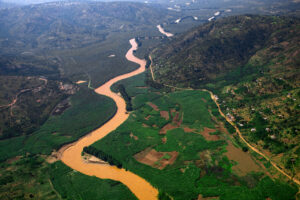








Post Comment